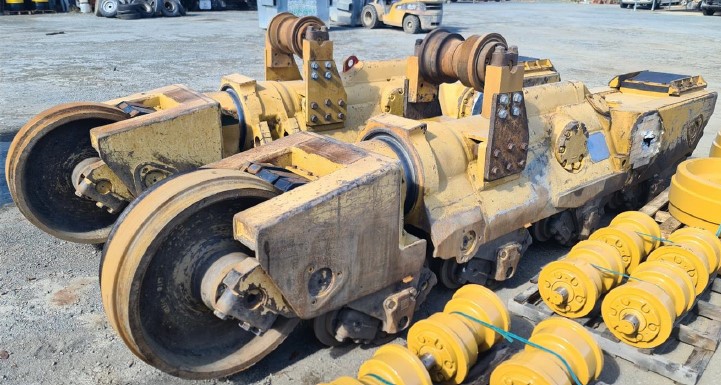
Undercarriage Track Frames represent a significant capital asset within heavy equipment fleets. Their total installed cost comprises both the rebuild cost of the frame itself and the value of the undercarriage components fitted to it. Once installed and in operation, the frame progressively wears, depreciates, and is subject to fatigue cracking due to high mechanical stress and cyclical loading.
When a Track Frame develops cracks or structural defects, it must be removed from service and rebuilt before being redeployed. At this point, its residual value is effectively limited to the value of the core—that is, the recoverable frame structure prior to rebuild. From an accounting perspective, the asset should therefore be depreciated down to this core value by the end of its service life.
Failure to properly reflect this depreciation can materially distort both the income statement and the balance sheet, as the subsequent rebuild costs represent a substantial capital outlay that should be anticipated through accurate depreciation scheduling and asset life-cycle tracking.
